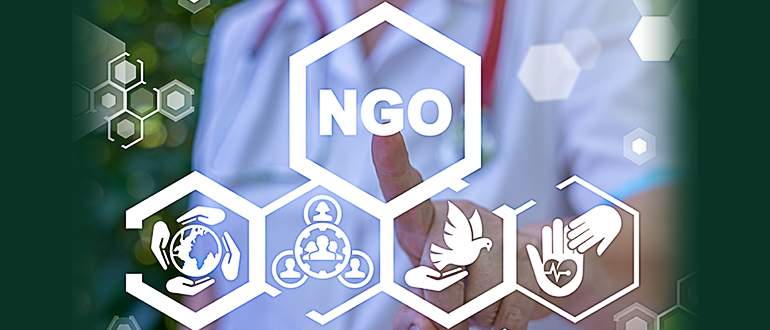NGO Work with Government: Strengthening Partnerships for Positive Change
As per the ‘Welfare State’ definition of our system of governance, the Government is the authority carrying out welfare programs to benefit less privileged sections of our society.
With the entrance of COVID-19 in India, small-scale laborers started losing job opportunities. The Department of Labor in every State felt the deplorable conditions of such laborers, some of whom had traveled far away from home to earn. The Ministry of Labor and Employment had ordered setting up 20 Control Rooms all over India to address the problems of migrant workers arising out of COVID-induced changes in the economy.
Then where is the need for Non-Governmental Organizations?
Take an example like last year’s country-wide lockdown in March, which single-handedly put a stop to socializing, traveling, public daily menial jobs, and active availability of essentials. The Government took some time to frame the order of providing essential food items to the poor and needy since a ground analysis on a wide area takes time. In between, several NGOs got contacted by the aggrieved, and they managed to procure, pack and deliver essentials through some non-governmental funding agencies.
Inspired by this initiative, a prominent Bollywood actor arranged to send migrant workers home safely in buses, since train services were limited to special trains under the Government mandate. Many of the migrant workers could not afford a private vehicle to go back home.
The Role of NGO work with Government Initiatives
However, the capacity of an NGO work with government in a crisis like this is tapped. More prominent charity organizations are birthed from an idea exclusive of the geographical and situational colors that differentiate. Therefore, they tie-up with smaller, local organizations that are much more inclined to ground realities.
Similarly, the Government frames a policy keeping an aggrieved target group in mind, but it is hard for them to understand the daily nitty-gritty of implementing that policy. However, broader issues like the pressure on healthcare infrastructure were not lost from their plans. The RBI Governor advised State-led banks to maintain a fund liquidity window of Rs. 50,000 crore for healthcare infrastructure and a three-year long-term repo operation of Rs. 10,000 crore for small finance banks which support local communities. The GST Council, Government of India, created a Group of Ministers (GoM) including Ministers from Goa, Maharashtra, Gujarat, Telangana, Uttar Pradesh, and Odisha need to cut GST rates on COVID essentials and submit a report by June 8th, 2021.
During this Pandemic, the Government gradually provided essentials that the NGOs were distributing after assessing the recipients. Additionally, knowing the families face-to-face made them evaluate the situation at a micro-level better, and contemplate additional help, like providing school supplies for children who aren’t equipped for online classes.
Even when it came to oxygen and medicine supplies, NGOs could reach and connect people quickly.
This way, the NGOs have made the Government’s work more accessible by becoming an ingrown channel into the community into which the resources can be poured and distributed equitably.
Sources:

